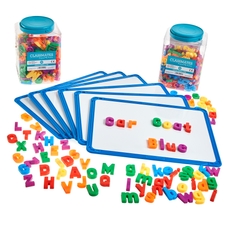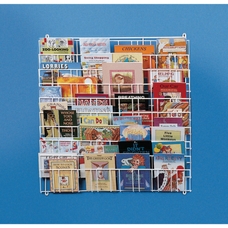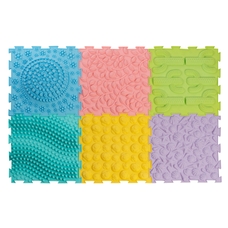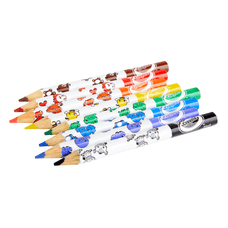Smooth White Earthenware Paper Clay
Smooth White Earthenware Paper Clay
Product code: M408A
Product Description
Please note: Not all clays are guaranteed to be impervious to liquids even if they are classed as stoneware. For pottery pieces intended to hold water or to be protected from frost damage also apply a glaze to reduce the chances water absorption, making sure to avoid pinholes or crazing of the glaze. Clays have their own firing ranges, some at stoneware temperatures but only very vitreous bodies like bone china and porcelain offer better resistance to water when fired to 1300 degrees centigrade, and even then there may be a slight moisture absorption. Always place vessels holding water on a mat to protect porous surfaces, such as wood, from damage.
Please note: Not all clays are guaranteed to be impervious to liquids even if they are classed as stoneware. For pottery pieces intended to hold water or to be protected from frost damage also apply a glaze to reduce the chances water absorption, making sure to avoid pinholes or crazing of the glaze. Clays have their own firing ranges, some at stoneware temperatures but only very vitreous bodies like bone china and porcelain offer better resistance to water when fired to 1300 degrees centigrade, and even then there may be a slight moisture absorption. Always place vessels holding water on a mat to protect porous surfaces, such as wood, from damage.



